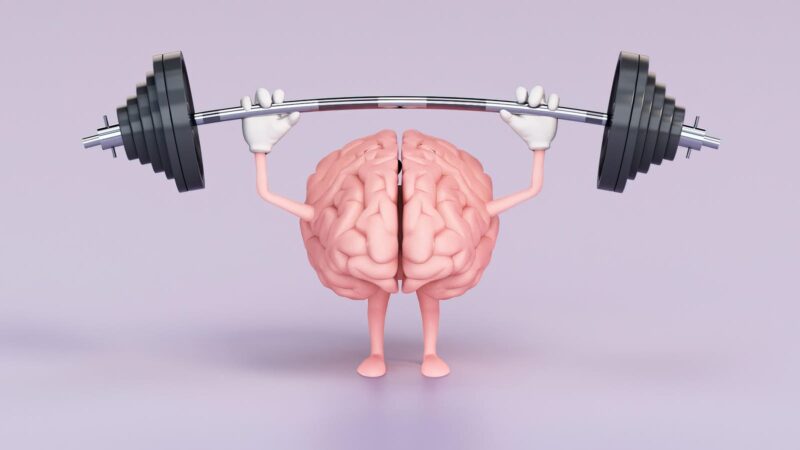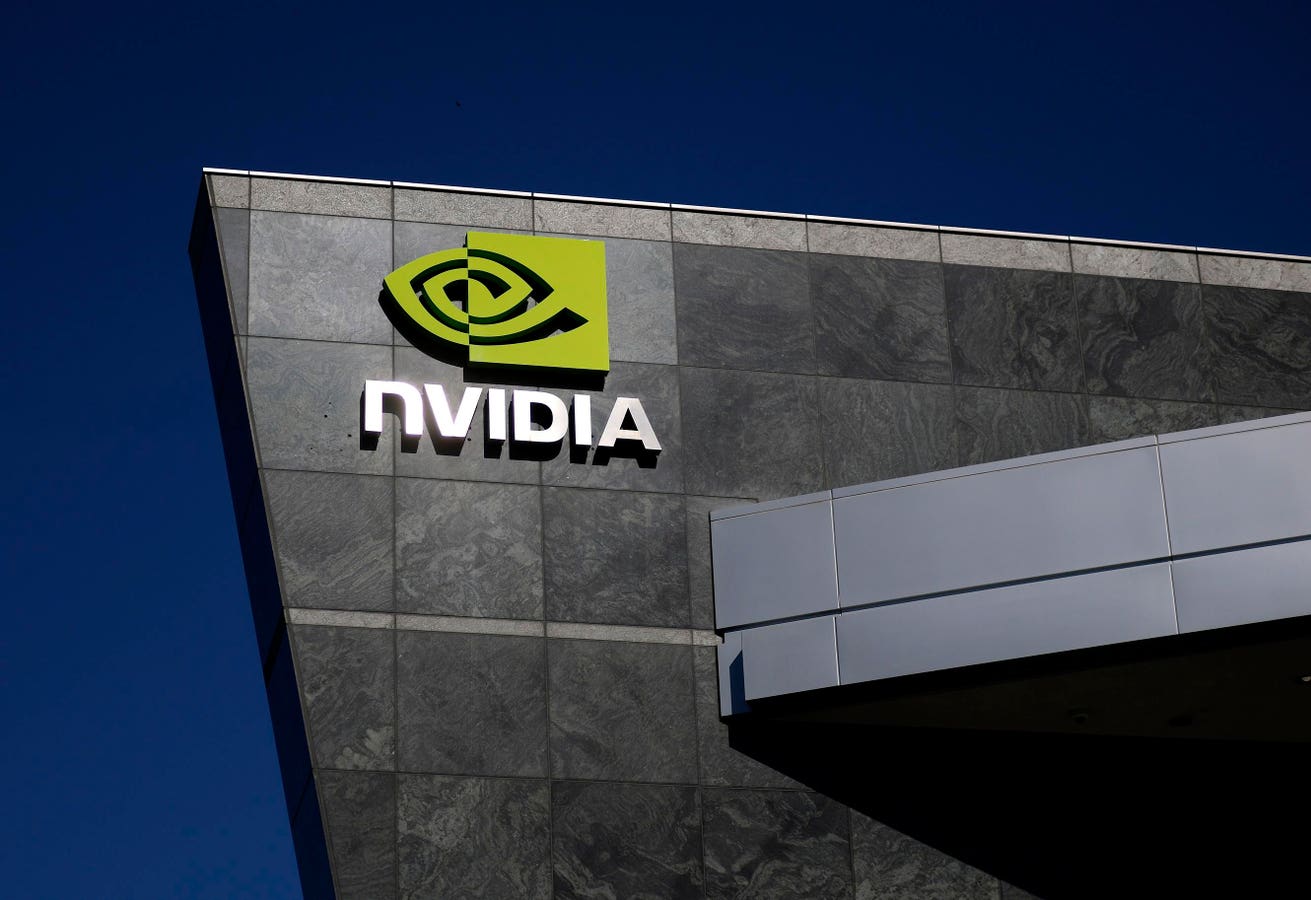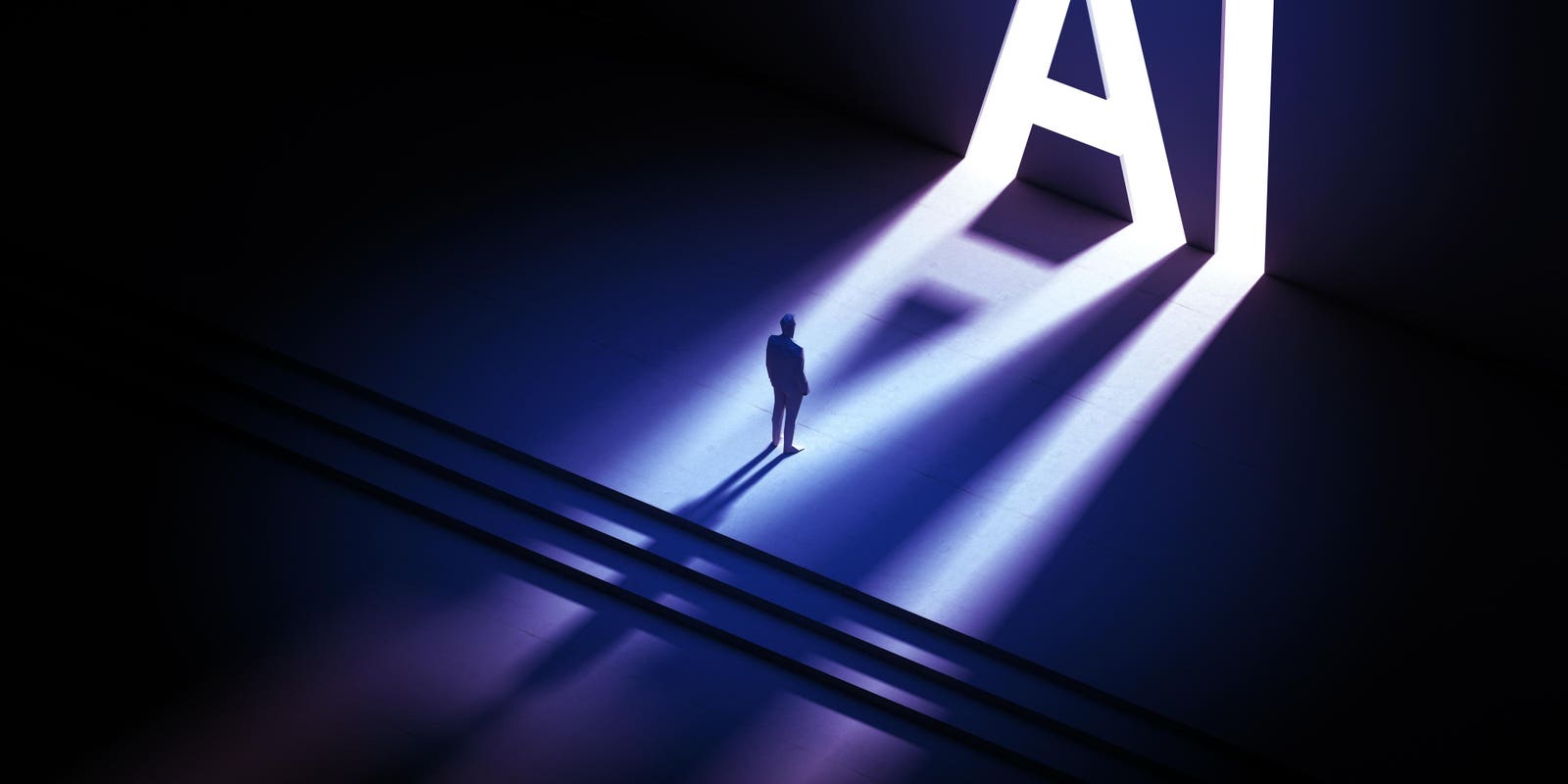A humorous animated brain character is lifting heavy weights with small arms in a pastel purple room. The playful scene showcases the brains struggle and effort in a lighthearted manner.
getty
A recent MIT study has revealed troubling signs of cognitive debt — the mental equivalent of financial debt that accumulates when we over rely on artificial intelligence for thinking tasks. The research, building on Microsoft’s earlier findings about AI’s impact on creativity and analytical skills, suggests our increasing dependence on automated assistance may be weakening fundamental cognitive abilities.
Although the results come from a limited test group (only nine participants participated in all four stages of the experiment), they do hint at a potential remedy to cognitive decline and worse agency decay Participants who alternated between periods of unassisted thinking and AI-supported work maintained their cognitive sharpness, avoiding the neural decline observed in those who used AI assistance continuously.
The alternating pattern mirrors the structure of high-intensity interval training, also referred to as HIIT in physical fitness, brief bursts of intense effort followed by recovery periods. Applied to mental work, this approach creates what we call cognitive HIIT: a systematic method of treating your brain like an athlete, with focused sprints of unassisted thinking punctuated by strategic use of AI tools for routine tasks.
What The Science Says
High-Intensity Interval Training revolutionized physical fitness by proving that short bursts of maximum effort, separated by brief recovery periods, could deliver superior results compared to steady-state exercise. HIIT transforms cardiovascular health, builds lean muscle, and improves metabolic efficiency; all while requiring less total time than traditional training methods.
But the benefits extend far beyond physical strength. Exercise science research indicates that six months of treadmill-based HIIT produces measurable hippocampal growth, brain changes that persist for years after training ends. The hippocampus, crucial for memory formation and learning, literally grows larger in response to interval training patterns. This neuroplasticity suggests that the alternating intensity model doesn’t just strengthen muscles; it reshapes the brain itself.
Building on this foundation, cognitive researchers began testing whether interval patterns could directly enhance mental performance. A comprehensive meta-analysis published in March 2025 confirmed the hypothesis: HIIT significantly improves executive functions including working memory, inhibitory control, and task switching in adults. The same alternating rhythm that builds physical fitness also strengthens the cognitive circuits essential for complex thinking.
Why You Should Adopt A CHIIT
The convergence of physical and cognitive science points toward the potential of “cognitive HIIT”. If alternating between high-intensity effort and strategic recovery optimizes both body and brain, then applying this principle directly to knowledge work — cycling between demanding unassisted thinking and AI-supported routine tasks — should yield similar neural benefits while protecting against cognitive decline. Let’s get started.
Cognitive HIIT: Training Your Brain Like an Athlete
Think of your mind as a muscle that’s grown soft from too much assistance. Every time you reach for AI to solve a problem, you’re essentially using a cognitive wheelchair. Cognitive HIIT breaks this dependency by alternating intense thinking with strategic AI support—just like physical interval training alternates sprints with recovery.
Your Daily 30-Minute Mental Workout
Start by clearing your digital space. Close every AI tool, silence your phone, and grab an actual pen and paper. Spend a few minutes doing box breathing — four counts in, hold, four counts out, hold — until your mind feels sharp and focused. Then write down one concrete problem you want to solve. Not something vague like “be more productive,” but something specific like “how can I streamline our team meetings?”
Now begins the real work. For five minutes, think with nothing but pen and paper. No searches, no AI, no external help. Just you wrestling with the problem. Your brain will protest. You’ll want to reach for assistance. Don’t. This discomfort is exactly what strengthens your cognitive muscles.
When the timer rings, shift into recovery mode. Open your AI tool and let it help with research, data gathering, or alternative perspectives. Take notes on what’s useful, but remember—this is recovery, not replacement. After four minutes, close the AI again and return to pure thinking. This second sprint builds on what you learned, pushing your ideas further and deeper.
One final AI recovery helps you fact-check and organize, then you cool down by summarizing your insights in your own words. The key question: can you explain what you learned without looking back at the AI’s output? If not, you haven’t truly owned the thinking.
Building Cognitive Endurance
Like any fitness program, Cognitive HIIT gets progressively more challenging. Start with one session daily for a week, just building the habit. Week two doubles the load with back-to-back sessions separated by a refreshing walk. Week three increases intensity — longer thinking sprints, shorter AI recoveries. By week four, you’re ready for social variation, replacing some AI recovery with quick peer discussions.
The Purpose Of CHIIT
This isn’t just about productivity tricks. Alternating effort with recovery creates “desirable difficulties” that strengthen memory pathways. More importantly, those AI-free intervals reveal how dependent you’ve become on automated thinking. Within days, you’ll catch yourself reflexively reaching for AI shortcuts and gradually build the habit of thinking first, assisting second.
Your Cognitive High Intensity Interval Bottom Line
Your brain adapts to whatever you consistently demand from it.
CHIIT disciplines it to think independently while using AI strategically rather than reflexively. It’s free, takes just 30 minutes, and builds the kind of deep thinking skills that no AI can replace. Start today. Your future self will be grateful for the cognitive muscles you stretch today.









